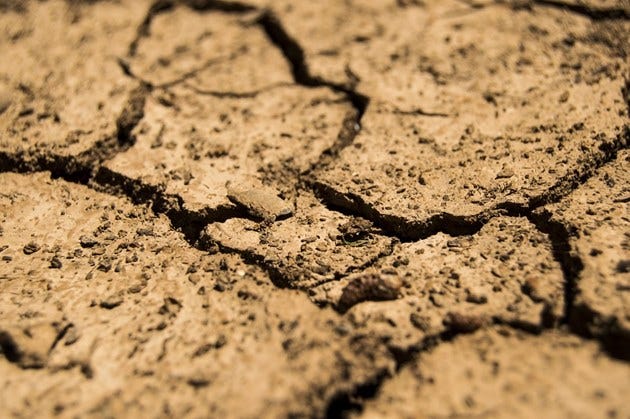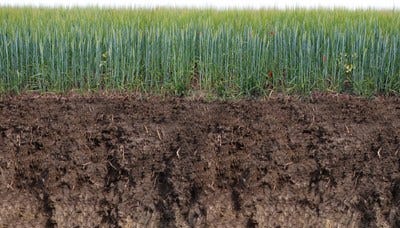Back to Gardening Chapter 3, Part B: Developing Healthy Soil
Great gardens need great soil, and thankfully, almost any soil can be improved, and easily maintained using an organic mulch.
This chapter of the book is an edited version of the second article that I wrote in April 2022. No gardening book would be complete without a chapter on soil, but since I already wrote about that in a previous article, I thought it made sense to just revisit that content, edit, and enhance. Have a read:
Chapter 3 Part B: Getting Started - Developing Healthy Soil
Great gardens have great soil but, sadly, not every site has this feature, especially here in my little rocky corner of the country. On the bright side, even the most pathetic soils (such as the hard-pan clay and rock that I started with in my backyard) can be dramatically improved by using the organic mulch approach to gardening, which borrows heavily from permaculture principles.

The Permaculture Approach to Soil Health
Permaculture gardens are productive because they have healthy soil, and they achieve this by treating the soil like a complex community of organic life forms - rather than a dead sponge to which chemicals are to be added. Take a quick walk through any forest, and you will observe an extraordinary diversity of plant life, all thriving without gardeners, irrigation systems, or inputs such as fertilizers and pesticides. In a permaculture garden, we copy this model, and design a gardening space that works with nature, rather than against it. We design a garden that takes care of itself.

Many of the kinds of plants that people like to eat require excellent soil to grow well. Given how effective worms and other organisms can be at improving soil, we design our garden with this in mind, and create an environment that is favorable to worms and other beneficial organisms.
Keep reading with a 7-day free trial
Subscribe to The Maritime Gardening Newsletter to keep reading this post and get 7 days of free access to the full post archives.



